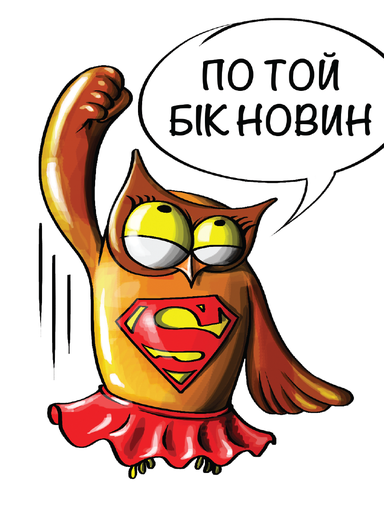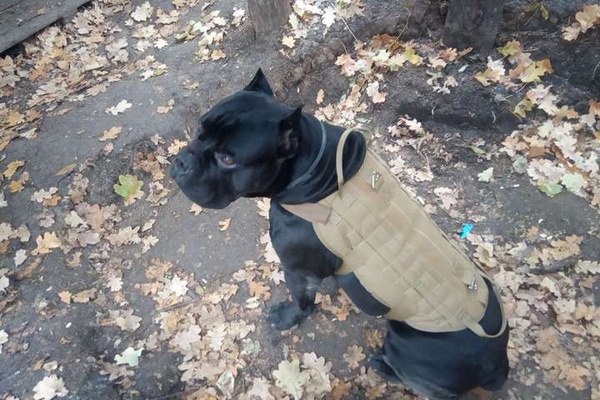No one in russia wants to discuss such an issue: the hryvnia with a trident and the ruble with a swastika

The hryvnia with a tryzub (trident) and the ruble with a swastika. These striking images are currently making the rounds on social media platforms. Users are drawing attention to the fact that Ukrainian banknotes depict a trident, while russian banknotes flaunt a swastika.
“russians don’t want to talk about these banknotes because everyone knows where the swastika came from, a symbol later adopted by the Nazis,” the messages underline. This issue is not new; it’s been a topic of discussion in the Ukrainian Facebook community since at least 2018.

A symbol remarkably similar to the swastika was indeed featured on russian rubles following the Bolshevik coup in 1917. These banknotes were also referred to as “kerenkas,” a derivative of Aleksander Kerenskiy, the head of the russian provisional government. However, the official description of the banknote doesn’t mention the term “swastika”.
“In the centre of each large rosette is a geometric pattern composed of crossed wide stripes bent at right angles, one end pointing to the right, and the other to the left. The stripes are covered with a series of horizontal lines and enclosed by a thin outline at a short distance.”
This “pattern” was found on 250 and 500 ruble banknotes, which, due to inflation, later became 5,000 and 10,000 rubles. Interestingly, when the soviets seized power, they retained the same design from the provisional government’s banknotes, and this image persisted on soviet rubles until 1923 when a monetary reform took place.
One version suggests that the swastika’s appearance on the banknotes can be attributed to I.Y. Bilibin, the artist responsible for the original designs, who was inspired by stylized folk ornaments during his work. Those who knew the artist personally noted his collection of “household tools belonging to russian peasants.”
However, it has not been proven that the German Nazis were inspired by russian “kerenkas” when selecting their symbol. It’s also incorrect to claim that, during that time, the swastika symbolized hostility towards Jews.
Swastika rubles can still be found on numerous numismatic websites and are available for purchase on Amazon. The Ukrainian website monitex is even willing to buy these banknotes from you for a mere 625 hryvnias, though we suspect that their actual value may be much higher.
This post is our reply to the request of our reader Tetiana Yevtukhova. Please send us any dubious information for verification. Your topic may be featured in one of our next articles ![]()






